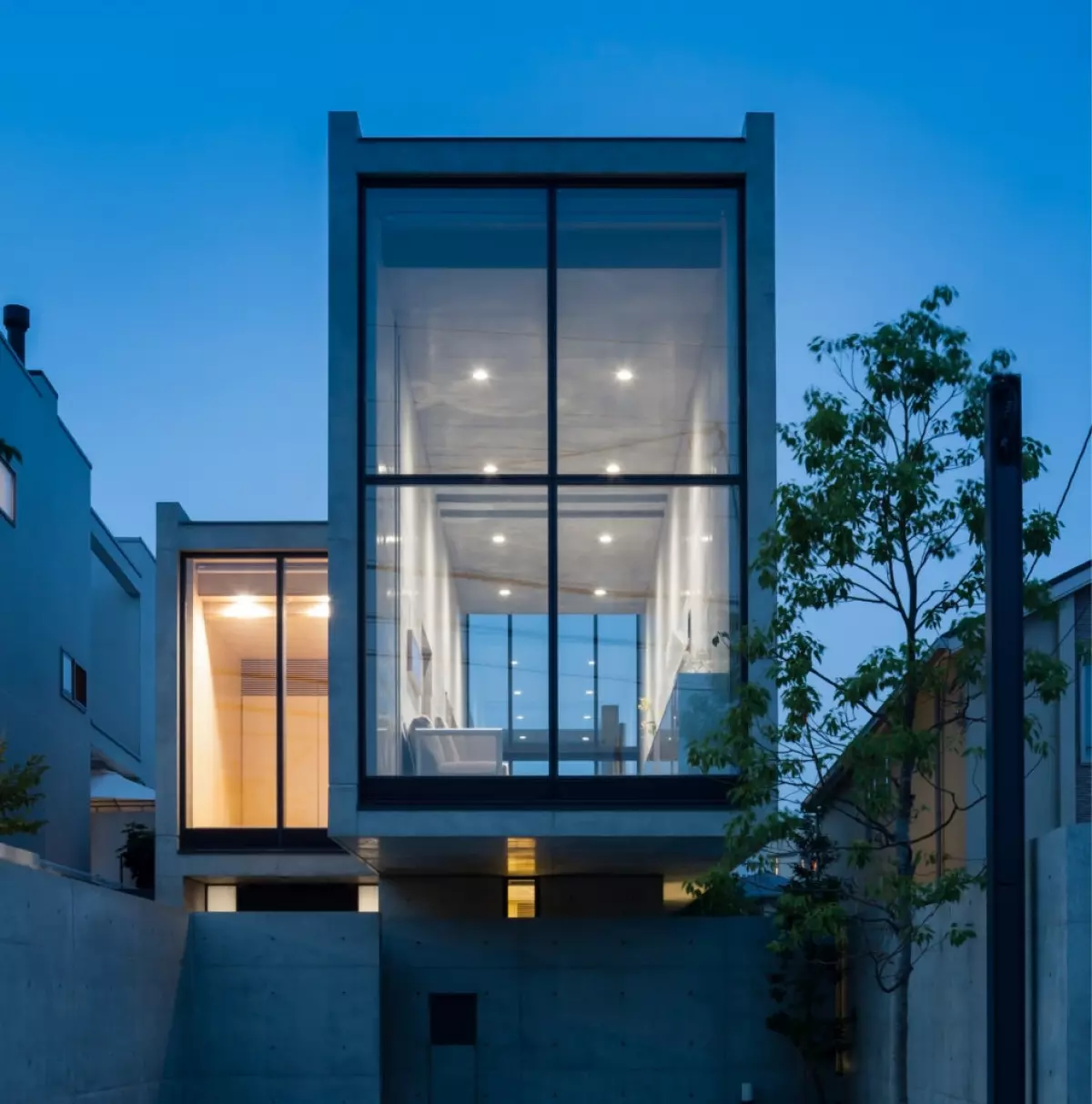Introduction
Discover the captivating world of Tadao Ando, the renowned Japanese architect who has left an indelible mark on the world of design. From his iconic use of concrete and glass, to his masterful manipulation of space and light, Ando's residential houses have become the embodiment of his unique style and sophisticated aesthetic. In his latest book, "Tadao Ando: Living with Light," author Philip Jodidio takes us on a journey through the architect's lesser-known residences across the globe, showcasing his passion for creating harmonious living spaces.
The Essence of Ando's Architecture
Ando's architectural genius lies in his ability to transform the residential house into a sanctuary that encompasses all the essential elements of a home. While he has designed numerous museums, housing complexes, and public buildings, it is the residential house that truly showcases his vision. By seamlessly integrating concrete, glass, and natural light, Ando creates a minimalist atmosphere that is both inviting and awe-inspiring. His unadorned walls and interplay of solid and void bring a sense of tranquility to his spaces, allowing residents to truly connect with their surroundings.
The Selection Process
Ando's selection of clients is a meticulous one. He seeks individuals who share his passion for art, architecture, and his unique oeuvre. For Ando, the client's personality and aura play a significant role in his decision to accept a project. While the overall vision and project scope are vital, he believes that a client's passion and personal attachment to the project are the most reliable indicators of its success. By handpicking his clients, Ando ensures that his houses are not just structures, but homes that resonate with their occupants on a deep level.
A Glimpse into Ando's Masterpiece
Among the many stunning residences featured in the book, one project stands out: a penthouse in Manhattan. Situated in a historical building on the Upper East Side, this unique space belongs to an anonymous art dealer. The penthouse exemplifies everything that makes Ando's work exceptional – a poetic harmony where air and light come together. The interiors evoke the dream house of the late Steve Jobs, with their minimalist design and meticulous attention to detail. The standout feature is a sculptural stairway that leads to a breathtaking roof terrace. Ando's collaboration with French botanist Patrick Blanc gives rise to a lush green wall, juxtaposed with magnificent artworks by Hiroshi Sugimoto and Ellsworth Kelly. The result is a perfect ensemble that seamlessly blends architecture, nature, and art.
Ando's Vision
Tadao Ando is part of a lineage of architects, like Kenzo Tange, who find inspiration beyond Japan's borders and admire the pioneers of modernism. While he acknowledges the influence of architects such as Le Corbusier and Mies van der Rohe, Ando's approach is distinctly site-specific. His goal is to create architecture that can only exist within its environment. He steers clear of streamlined, generic living spaces, instead embracing the power of the surrounding landscape and the unique qualities of each site. Ando's work is a testament to his unwavering dedication to creating spaces that respect and harmonize with their natural surroundings.
 House in Ashiya, pp. 104, 108-9 (photos by Shigeo Ogawa)
House in Ashiya, pp. 104, 108-9 (photos by Shigeo Ogawa)
In "Tadao Ando: Living with Light," Philip Jodidio delves into the world of this visionary architect, inviting readers to experience the magic that unfolds within each of Ando's residential masterpieces. From his conscious use of materials to his profound understanding of space, Ando's work continues to inspire architects and homeowners around the world. Through this book, we gain a deeper appreciation for the importance of light, the power of design, and the incredible impact architecture can have on our lives.

















